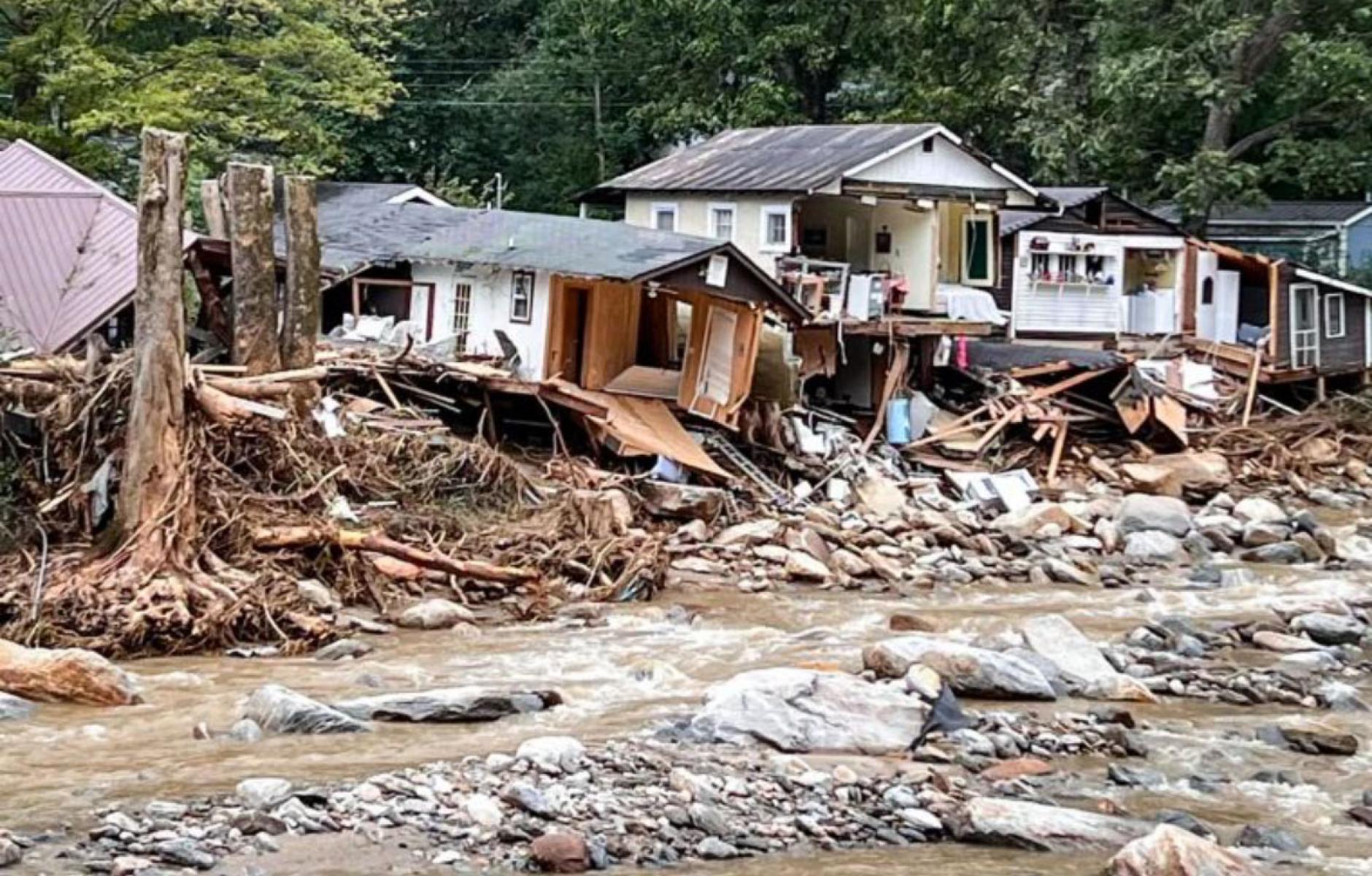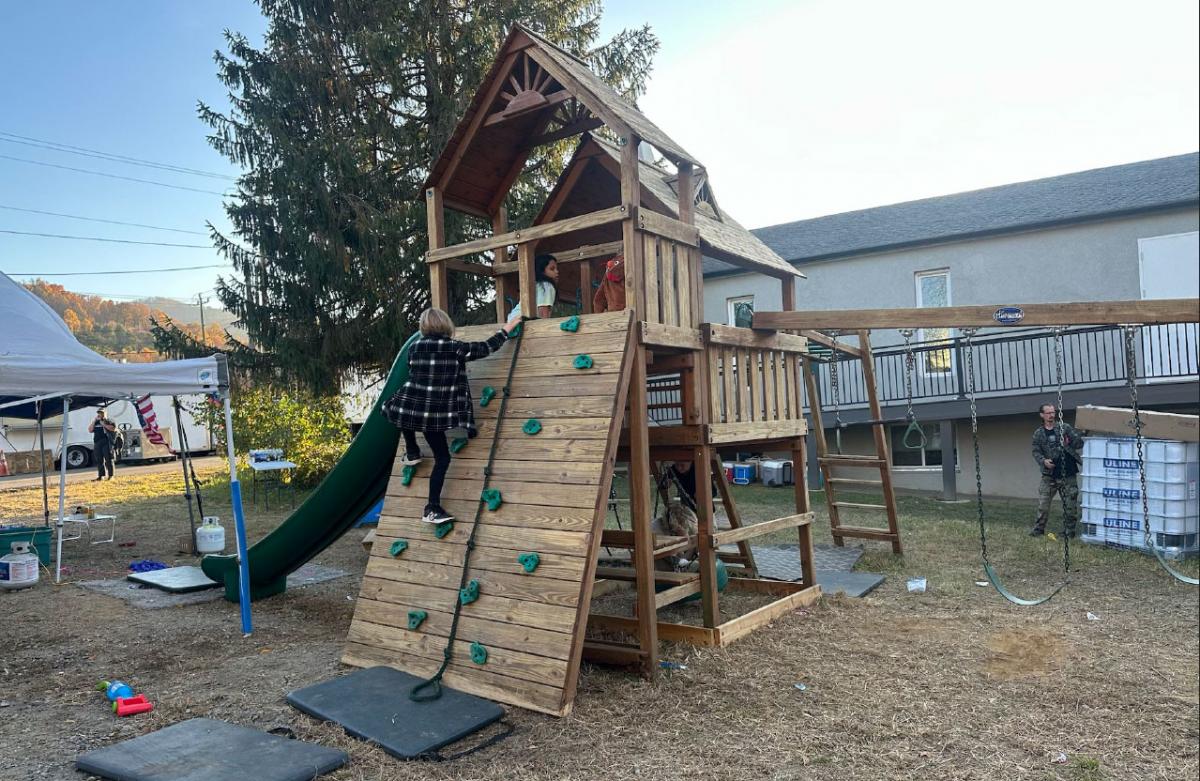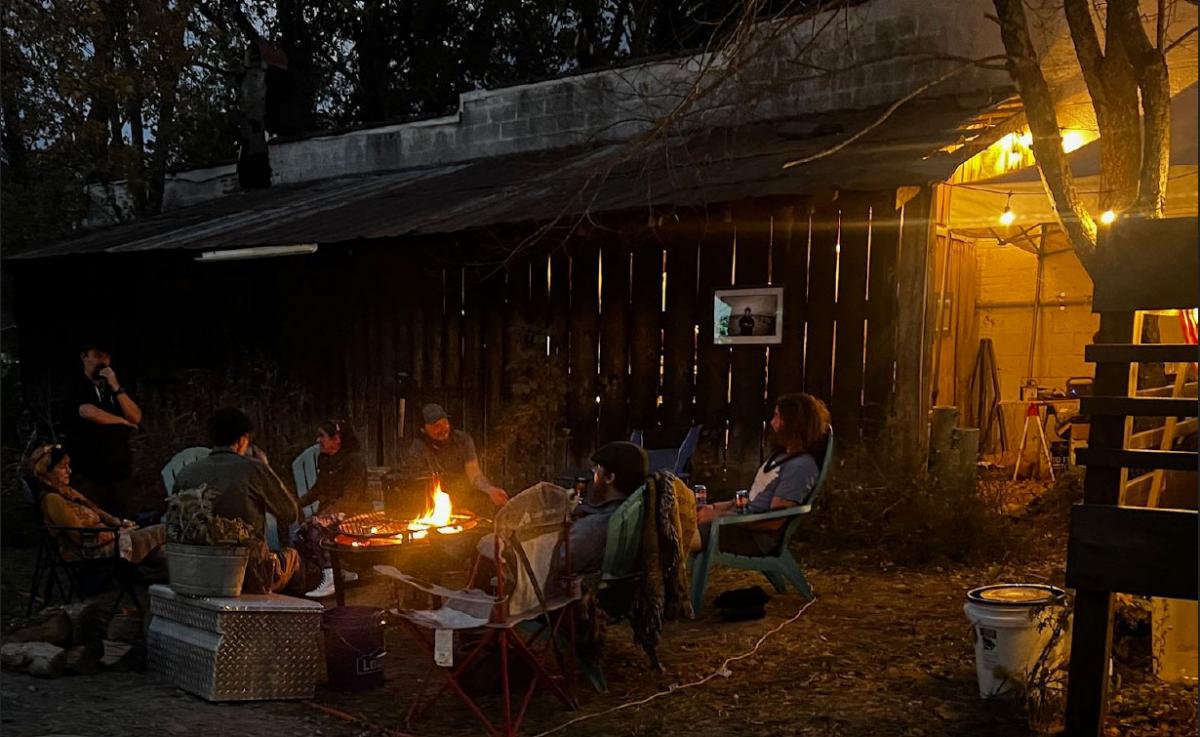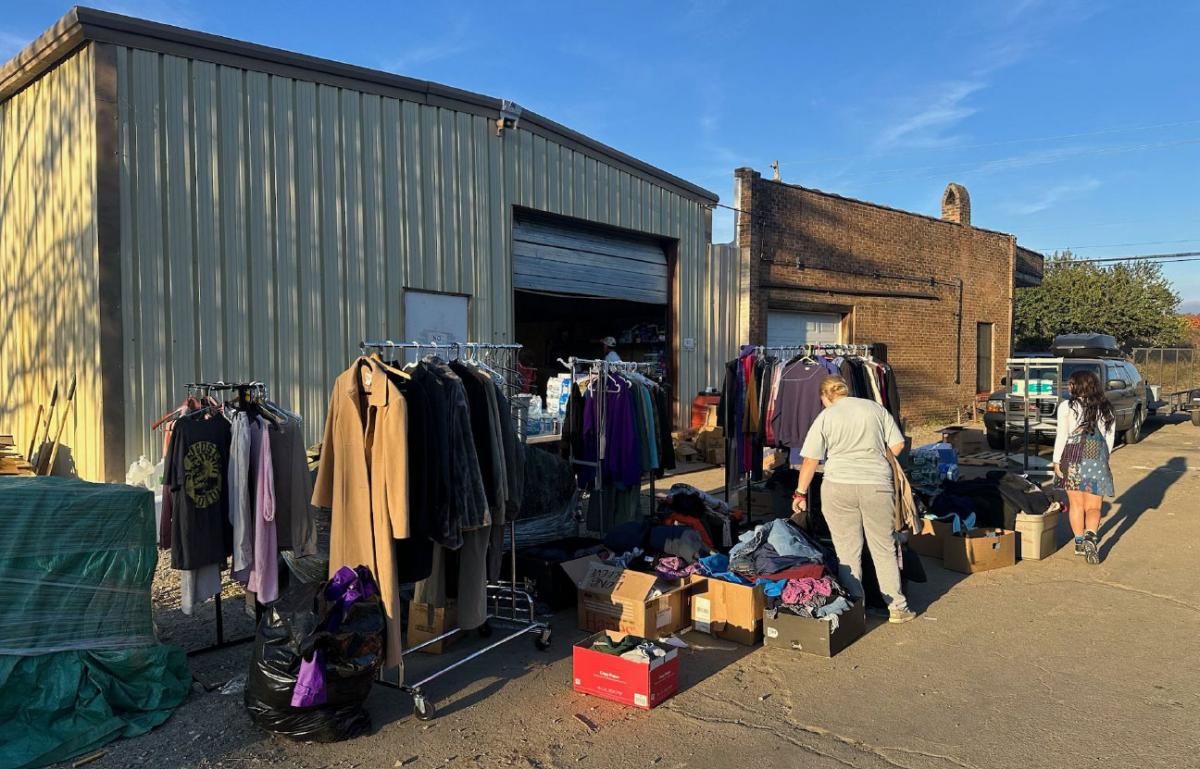
Responding to disaster with placemaking hubs
After Hurricane Katrina in 2005, new urbanists ran a charrette in an enormous ballroom, drawing elaborate plans to rebuild 11 cities and town on the Mississippi Gulf Coast. That historic effort had long-term benefits, but was arguably far removed from day-to-day realities of the victims at the time. The new urbanist response so far to Hurricane Helene—a different kind of disaster but still historic—has been much leaner and more hands-on.
LC Clemons of Force of Nature Solutions, Garlynn Woodsong of Place Initiative, and Ryan Smolar of Thrive Asheville spoke on CNU’s On the Park Bench about creating Tactical Neighborhood Hubs (TNHs) in a region devastated more than the public is aware, given everything else that has been happening across the US.
More than 100 people have died in North Carolina, where 1,400 landslides and floods damaged 160 water and sewer systems, 6,000 miles of roadway, 1,000 bridges and culverts, and 126,000 homes, costing $53 billion in late September, Clemons reports.

The neighborhood hubs are the first step in rebuilding community and social fabric, a critical need for people who still have no water or electricity, are dealing with washed-out roads, and are often homeless with few possessions. The hubs include distribution of water, clothing, and other essential needs, as well as areas for children to play and adults to hang out, decompress, and make connections crucial to rebuilding. They begin organically—but the urbanists contribute important expertise, Clemons explains.
“New urbanists know where things should pop up and how they should be configured—that’s where the site planning and design can be intentionally done so it has longer-term effects,” she says.
The use of Tactical Urbanism is the biggest difference between the Katrina efforts and what is happening so far in Western North Carolina. I say “so far” because there has been little time—these communities are just coming out of the rescue phase and into cleanup. The planning and rebuilding will take a long time.

Yet because of FEMA funding, timing is crucial if the region is to to make communities more resilient and sustainable in the long term. Once a repair is made to a piece of infrastructure, that’s it, LC explains. The window to influence how to rebuild is short.
Striking a balance between helping meet immediate needs and drawing maps for future rebuilding is extremely delicate, says Woodsong. “People instinctively don’t want to make decisions about how to make it better—they just want their house back,” he says. Yet long-term thinking will be crucial for the well-being of residents dealing with the next disaster—or even day-to-day living in the years to come. Tactical Urbanism is a good place to start.

“If you didn’t have a well-built place before the disaster, or if a well-built place was destroyed, Tactical Urbanism is an opportunity to recreate places instantaneously and the reason placemakers are so important, to respond to the immediate aftermath of a disaster,” the team says.
Walkable communities have shown better ability to recover quicker from the storm, according to Smolar. Many civic functions have been set up in abandoned parking lots in sprawling areas—but these lack shade and basic comforts.
New urbanists will have opportunities to contribute. There will be a housing phase, which will involve more neighborhood planning and architecture. And if not in North Carolina, other places will need the skills of urbanists. “It will take all of us to deploy at these natural disasters, which are happening about one every week,” says Clemons. “If you don’t know of a disaster, there is one coming to a town near you.”

Place Initiative has set up a GoFundMe account for people to contribute. Click here.
Or visit the Force of Nature or Thrive Asheville websites.
See the entire webinar:




